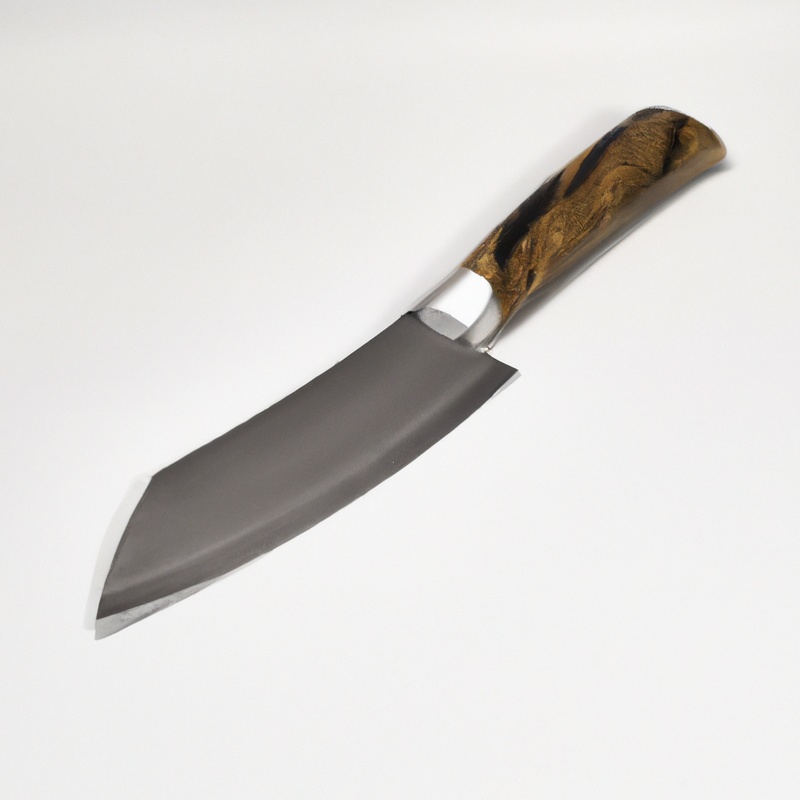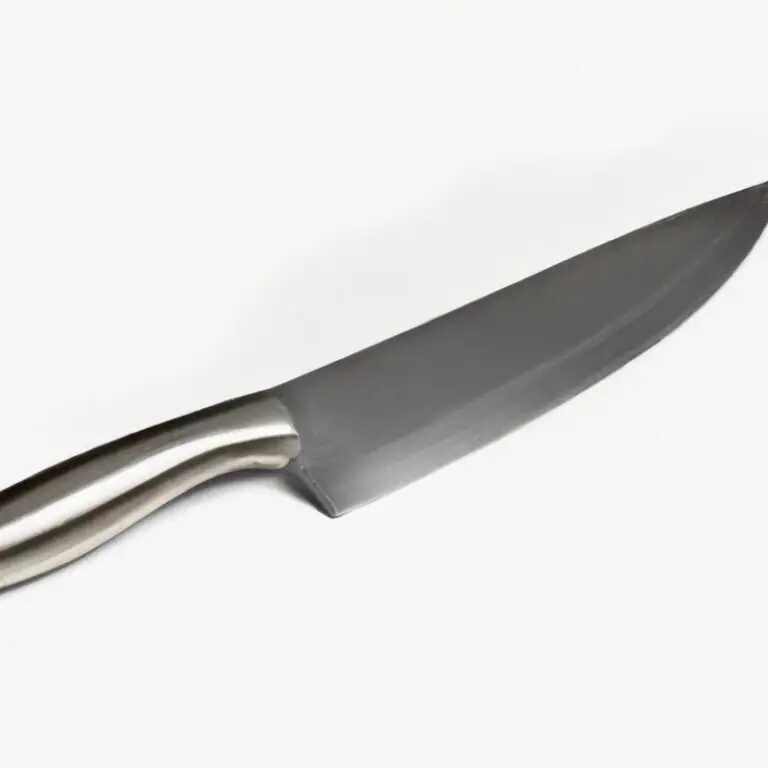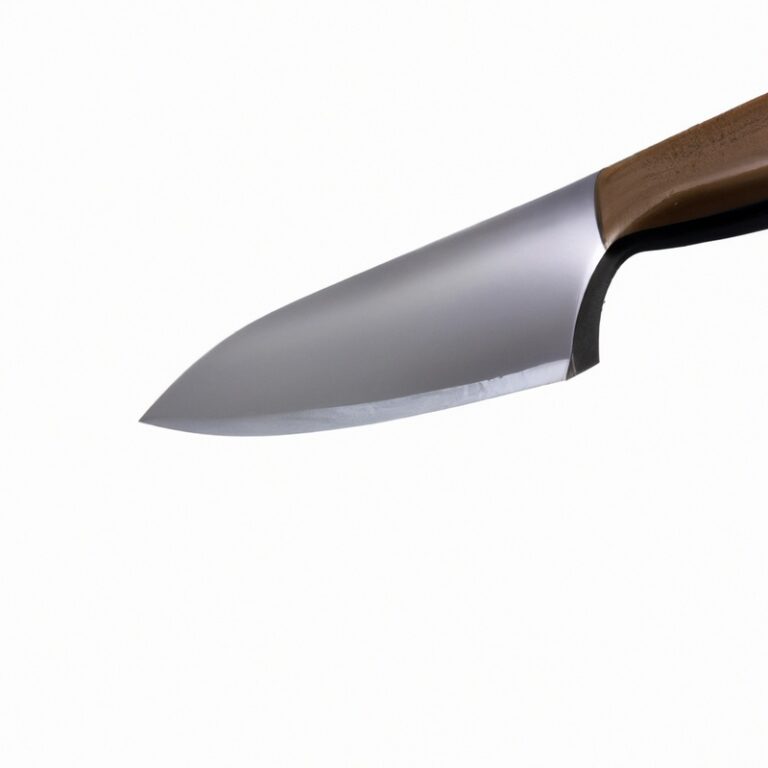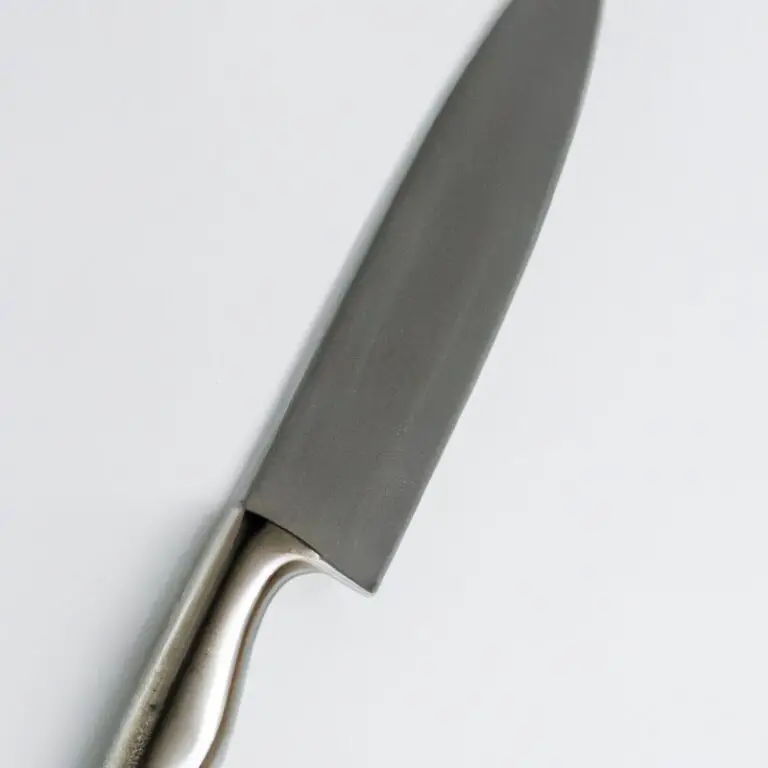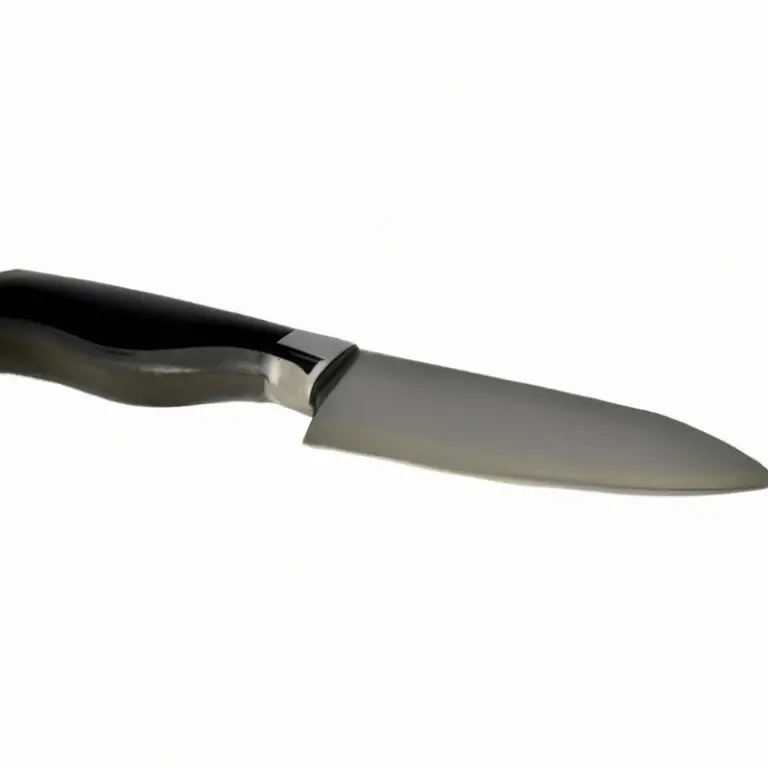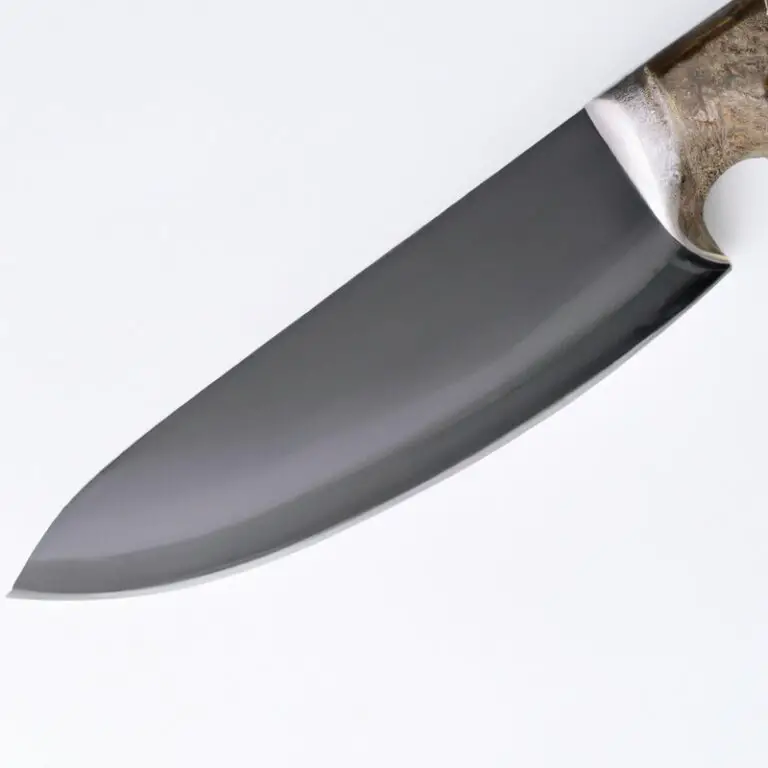How To Fillet a Dover Sole Using a Fillet Knife? – Like a Pro!
Key Takeaways:
- Begin with a sharp fillet knife to ensure clean, precise cuts while filleting a Dover sole.
- Make a cut along the spine of the fish and carefully remove the fillet, starting from the head and moving towards the tail.
- Remove the skin by sliding the blade between the meat and the skin, using a gentle sawing motion.
- Practice and patience are key to mastering the skill of filleting a Dover sole using a fillet knife.
Are you a seafood lover who wants to master the art of filleting Dover sole? Using a fillet knife may seem intimidating at first, but with the right technique and some practice, you can effortlessly create perfect fillets every time.
In this article, I will take you through each step of the process, from choosing the right fillet knife to storing your finished fillets.
You’ll learn how to prepare, cut, and skin your Dover sole fillet like a pro, and pick up some tips for honing your fillet knife skills. Get ready to impress your friends and family with your fish filleting expertise!
| Steps | Description |
|---|---|
| Step 1 | Remove the head by cutting behind the gills and the gut by running the knife along the side of the fish’s stomach. |
| Step 2 | Cut off the fins and the tail. |
| Step 3 | Make an incision on the top side of the fish, starting behind the head and cutting down to the tail. |
| Step 4 | Cut around the rib cage on both sides of the fish. |
| Step 5 | Run the fillet knife down the center of the fish’s backbone to separate the fillet from the bones. Repeat on the other side. |
| Step 6 | Remove any remaining bones from the fillets using a pair of tweezers or fish bone pliers. |
Choosing the right fillet knife for Dover sole
Choosing the right fillet knife for Dover sole is crucial for a successful filleting process. A flexible and sharp blade is ideal for this delicate fish, allowing for easier maneuverability and precision cuts.
Look for a fillet knife with a blade that is at least 7 inches long, made of high-carbon stainless steel, and has a comfortable grip handle.
A narrow blade thickness is also recommended to ensure minimal meat waste and precise slicing of the delicate meat. Remember to keep your fillet knife sharp for optimal results and a smoother filleting process.
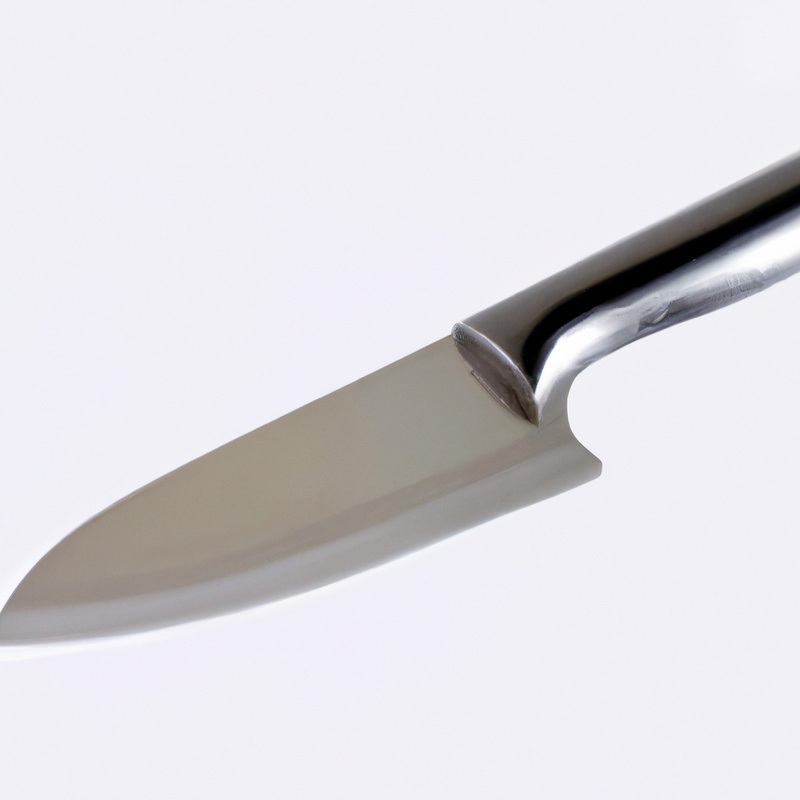
Preparing the Dover sole for filleting
Now that you’ve chosen the right fillet knife for your Dover sole, it’s time to prepare it for filleting. Start by scaling the fish using a scaler or the back of a knife.
Then, lay the fish on a clean work surface and make an incision behind the head, cutting through the skin and down to the bone.
Next, cut along the backbone from head to tail, using the knife to separate the flesh from the bone. Be sure to use smooth, even strokes to avoid leaving any meat behind.
Repeat the process on the other side of the fish.
Now that you have two fillets, remove the skin by gently sliding the blade under the flesh and slicing away from you. Finally, use a pair of pliers or tweezers to remove any remaining bones from the fillet.
With practice, preparing your Dover sole for filleting will become easier and quicker.
Removing the head and fins of the Dover sole
To start removing the head and fins of the Dover sole, place the fish flat on the cutting board and use a sharp fillet knife to cut off the head just behind the gills. Then, use the same knife to remove the dorsal and anal fins by cutting alongside the bones.
Next, cut off the pectoral and pelvic fins close to the body.
Keep in mind that removing the fins will make the filleting process easier. Once you have removed the head and fins, proceed to the next step of making the first cut behind the gills.
Making the first cut behind the gills
When it comes to filleting a Dover sole, making the first cut behind the gills is crucial. To begin, place the fish on a cutting board with its belly facing up.
Then, use your fillet knife to make an incision just behind the gills and cut down towards the backbone.
Be careful not to cut too deep, as you want to avoid puncturing the internal organs of the fish. Once you have made the initial cut, use the knife to follow the contour of the bones and cut down towards the tail, separating the flesh from the bones as you go.
Ensure that you use a sharp fillet knife so that you can make precise, clean cuts.
With practice and patience, you will quickly master the technique of making the first cut behind the gills and successfully filleting a Dover sole.
Cutting along the backbone to remove the fillet
Cutting along the backbone is one of the most crucial steps in filleting a Dover sole. Using the tip of your fillet knife, make a long, clean cut on one side of the backbone, starting from the head towards the tail.
Press the blade of the fillet knife as close to the backbone as possible and slice through the flesh of the fish.
As you cut, let the blade glide along the rib cage to help separate the fillet from the bones. Once you reach the tail, use the knife to detach the fillet.
Repeat the process on the other side of the Dover sole.
Be sure to check the fillets for any remaining bones before cooking. Properly executing this step will ensure that you get the most meat out of the fish and have fillets ready to cook.
Removing the skin of the Dover sole fillet
To remove the skin of a Dover sole fillet, start by making a shallow cut on the skin at the tail end of the fillet. Then, using a downward motion, hold the knife blade at a low angle and slowly run it between the skin and the flesh.
Use a gentle sawing motion to separate the skin from the flesh, taking care not to cut too much flesh off with it.
If the skin is difficult to remove, you can use a paper towel or a pair of pliers to grip the skin and give you a better grip. Pull the skin gently towards the blade while sawing back and forth until it is completely removed.
It’s important to remove all the skin from the fillet as it can be tough and chewy, making the fish less enjoyable.
Once you’ve removed the skin from one side, repeat the process on the other side of the fillet. Keep in mind that removing the skin of a Dover sole fillet takes practice and patience, so don’t get discouraged if it’s challenging at first.
With time and experience, you’ll become more confident and skilled at filleting fish.
Checking for any remaining bones in the fillet
After removing the skin, it’s important to inspect the fillet and check for any remaining bones that may have been missed during the filleting process. Run your fingers along the flesh to feel for any small bones that may have been left behind.
If you find any, use a pair of tweezers to gently remove them.
It’s crucial to ensure that all bones are removed to prevent any choking hazards when consuming the fish. With practice, you can become more efficient in identifying and removing any remaining bones.
Repeating the process on the other side of the Dover sole
Once you have successfully filleted one side of the Dover sole, you will need to repeat the process on the other side to obtain both fillets. Start by flipping the fish over and making the first cut behind the gills.
Then, cut along the backbone to separate the fillet.
Finally, remove the skin from the fillet and check for any remaining bones. It is essential to maintain the same level of precision and control when filleting the second side to ensure consistent fillets.
Take your time to make accurate cuts and avoid rushing the process.
Remember to keep the fillet knife sharp to ensure a clean and smooth cut. By repeating the process, you will have two fillets that are ready to be deveined and properly stored.
With practice, you will become more confident in filleting Dover sole with a fillet knife.
Properly storing the Dover sole fillets after filleting
Once you have filleted your Dover sole, it is crucial to properly store the fillets to ensure their freshness and flavor. Here are some tips to store your Dover sole fillets after filleting:
- Check for any remaining bones in the fillets before storing.
- Rinse the fillets in cold water and pat them dry with a paper towel.
- Place the fillets in a container or plastic bag and remove all the air before sealing it.
- Store the fillets in the refrigerator at a temperature of 32-38°F for up to two days.
- If you plan to store the fillets for longer, wrap them in plastic wrap, then in foil, and place them in the freezer. They will last for up to six months.
By following these steps, you can ensure that your Dover sole fillets retain their freshness and taste when prepared for your next meal.
Tips for practicing and improving fillet knife skills
To improve your fillet knife skills, here are some tips to keep in mind:
- Keep your knife sharp: A dull knife can be dangerous and it can also make it challenging to remove the skin and bones from the fish. Sharpen your knife before you start filleting and keep a sharpening tool nearby.
- Practice makes perfect: Filleting a fish can be tricky, and it takes time and practice to get it right. Start with easier fish such as trout or tilapia and work your way up to more challenging fish like sole.
- Know your fish anatomy: Understanding where the bones are located and how to remove them can make filleting easier and quicker. Take some time to study fish anatomy charts or watch videos to gain more knowledge.
- Be patient: Rushing through the process can lead to a poorly filleted fish or even worse, injury. Take your time and work steadily to get the job done right.
- Use the right technique: The right technique can save time and improve the outcome. Start by making an incision along the spine, then use a gentle sawing motion to remove the fillet from the bones.
By following these tips and taking your time, you can improve your fillet knife skills and create impressive fillets every time.
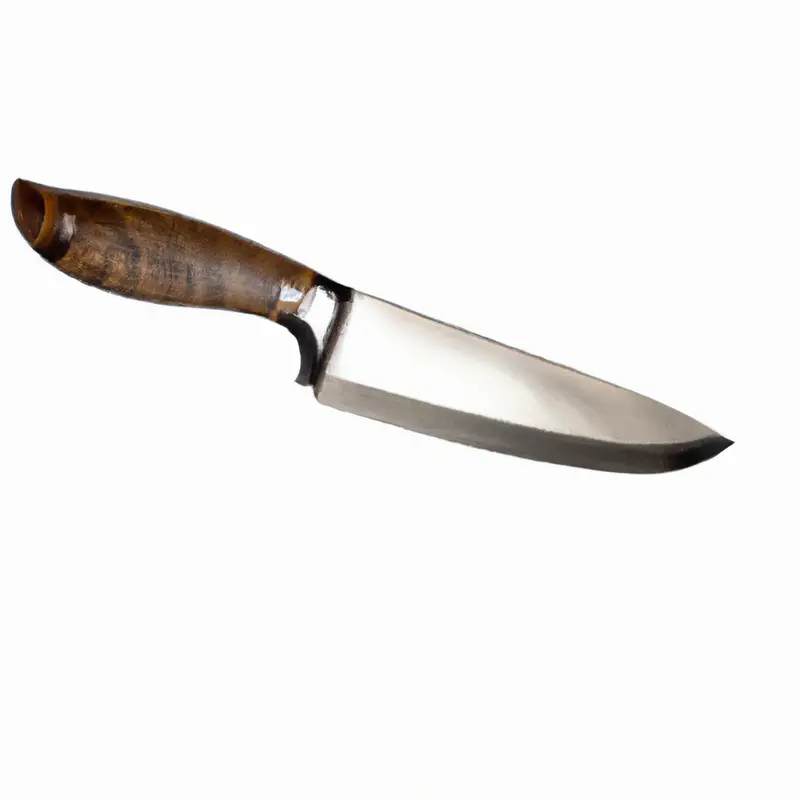
Final Verdict
Filleting a Dover sole using a fillet knife may seem daunting at first, but with practice, it can become a simple and rewarding task. Remember to choose the right knife, prepare the fish properly, and follow the process step by step.
Always prioritize safety and take your time to ensure that every cut is precise and accurate.
Trust yourself and your skills and soon you will become a confident and skilled fish fillet. With these tips and techniques, you can now impress your guests with perfectly filleted Dover sole every time.
Keep practicing and improving, and you’ll be sure to make filleting a Dover sole a breeze.

